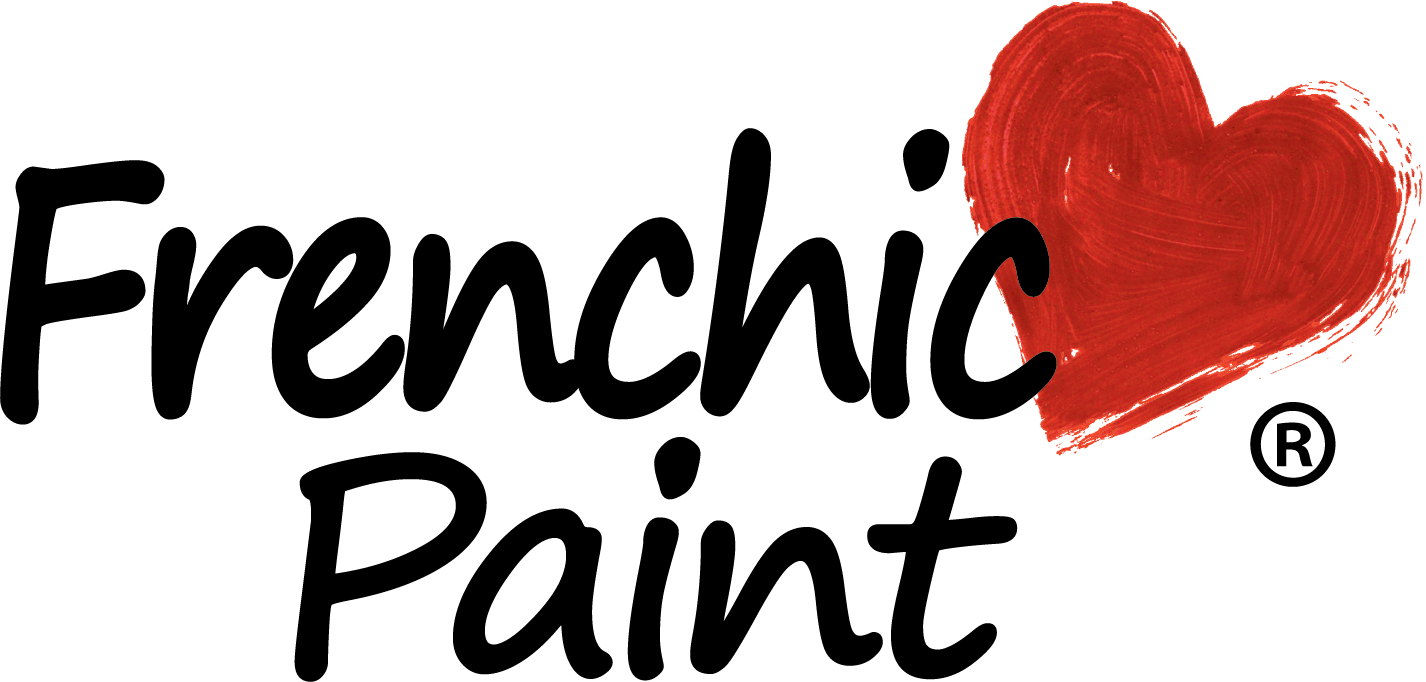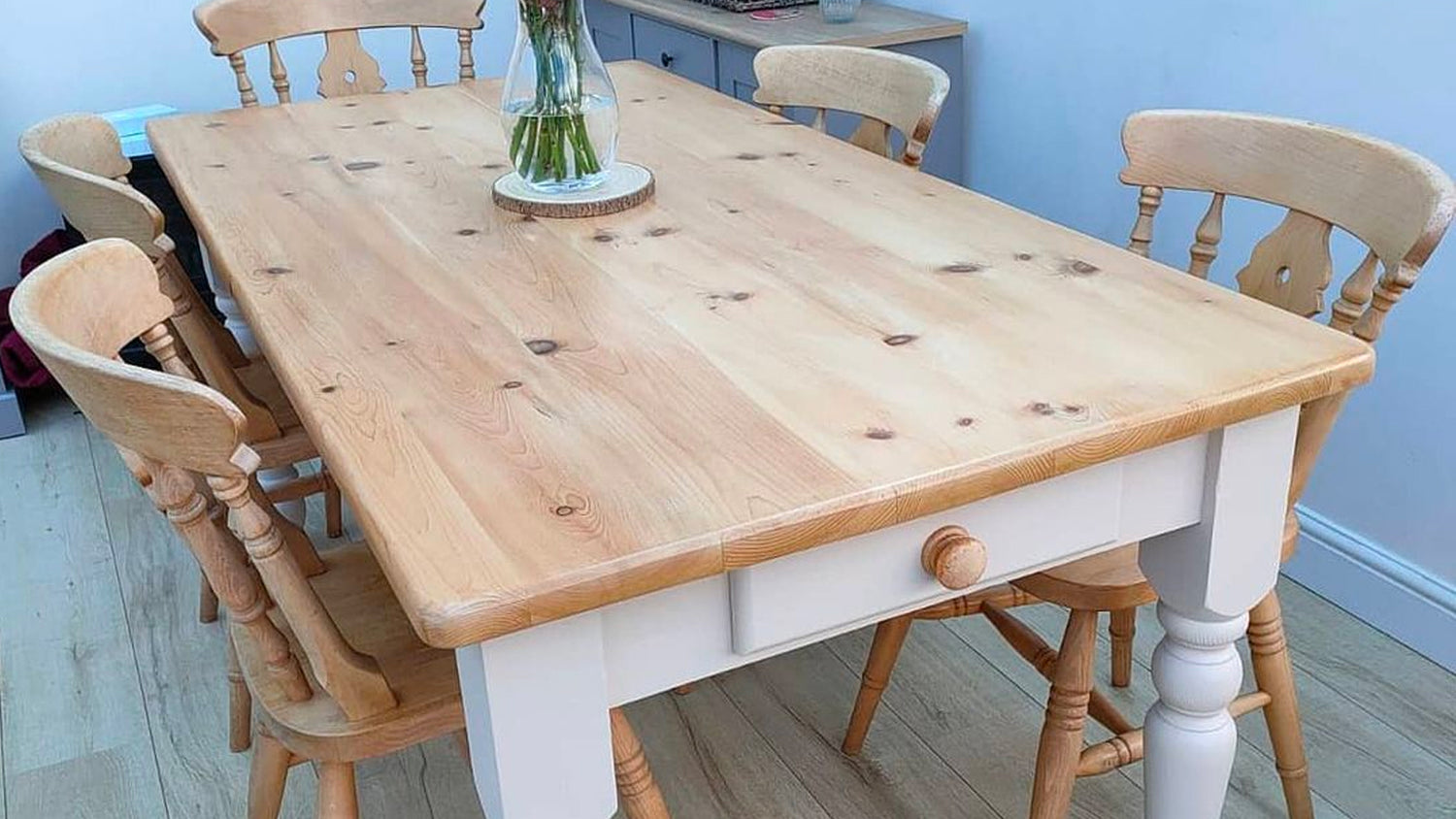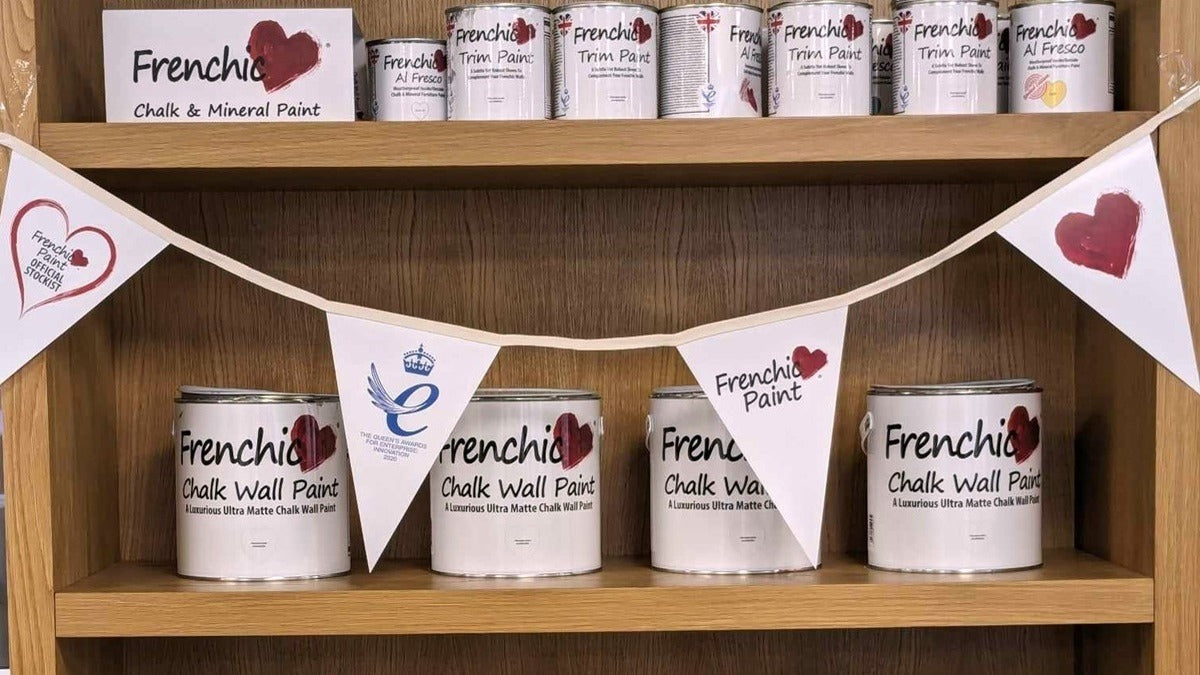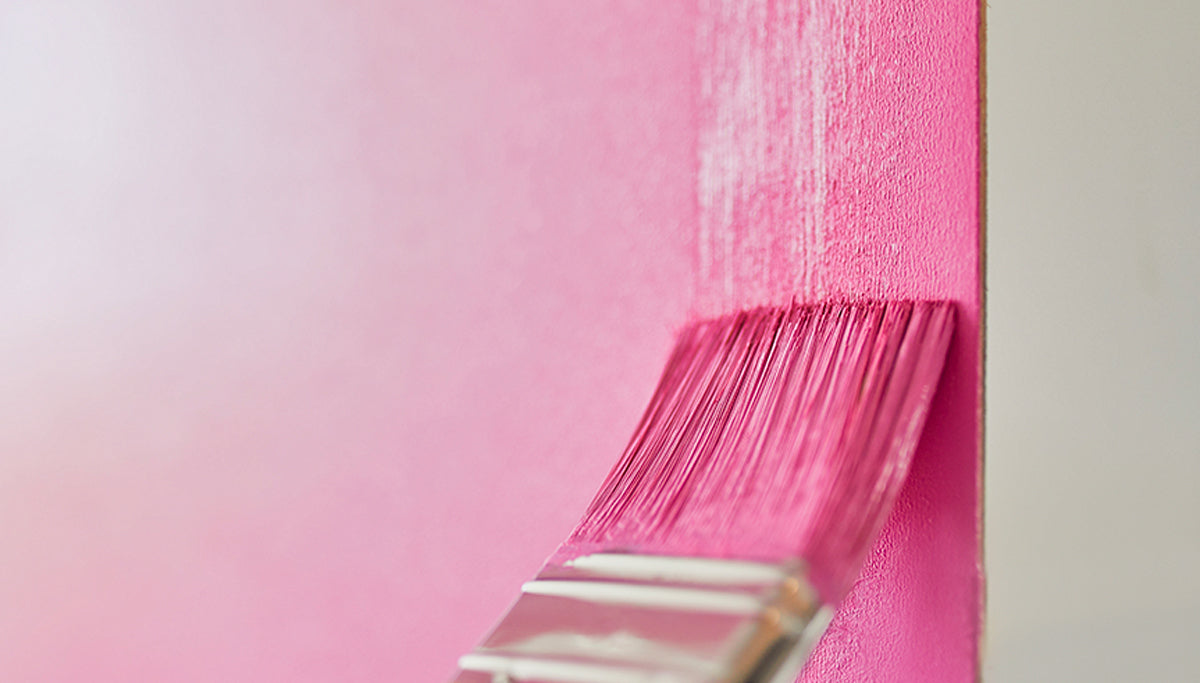Key FAQ Points:
- Ageing or sealant can cause pine to grow orange in tone
- Sand down surfaces to start removing orange hues
- Then use white wax, thinned white paint or pale-tinted sealant
---
Pine wood is an economical alternative to hardwood, which is used for a wide range of applications – from tables and chairs to flooring, skirting and even kitchen cupboards. It’s a strong, durable material with a natural, light colour which can be modified with stains and paints. But all too often, as it ages, the wood can change colour, taking on deep yellow or orange tones.
Some people love it. Needless to say, this blog post probably isn’t for you if that’s the case. However, others prefer their pine lighter and more neutral in tone. Sound familiar? In this post, we’ll explain why pine wood goes orange and how to lighten pine wood or prevent it going orange in the first place.
What causes orange tones on pine wood?
First of all, let’s be clear about what causes pine wood to go orange…
Resin and ageing
In some cases, it’s simply the wood itself. Pine is a resinous wood. This gives it a pleasant smell, but it also means that it can discolour over time. That’s because the resin is still active within the wood.
Over time, fresh pine takes on an orange tone. This is less likely when the wood is older, as resin will have mostly dried or escaped. It also depends on the pine species, with spruce known to be less resinous, for example.
As mentioned above, some people love the warmer tone that comes from aged pine. It can be great for a traditional design scheme, or just to add more warmth to your interiors. On the flipside, the orange tone can look out of place in modern spaces, or stand out if you want pine to match other light wooden pieces.
Sealant
Another cause of orange pine is the treatment you use on the wood. When restoring, renovating or making over a piece of pine furniture, you’ll notice the lovely pale colour of the pine when you sand back the varnish or top coat. But more often than not, the orange tones will come back with a vengeance when you try to seal it – even if you use a clear sealant.
This is simply down to the way sealants and varnishes soak into the pine wood. Oil-based and wax-based sealants are the most likely to promote orange tones. Water-based products tend to do so to a lesser extent, but it depends on the wood itself.
If you want to check whether this is likely to happen, we have a good tip. Lightly wet a small area of the newly sanded surface. This will show a rough indication of how orangey the wood tones could become on application of a sealant. It’s not totally fool proof, but it will give you a rough guide.
How to avoid orange tones
Onto the sought-after advice so many people are looking for – how to avoid orange tones on your pine furniture, flooring or woodwork.
If you’re removing an orange tone from existing pine wood, start by preparing the wood properly. Remember, fail to prepare, prepare to fail! For a good result, always sand right back so all the existing sealant or varnish is removed, and you have a clean, even surface to work with.
Whether you want to stop the orange tone coming back or prevent it to begin with on new pine furniture, the options are the same…
Go subtle with white wax
For furniture (not floors), you can use Frenchic’s White Wax which will give you a lovely, soft and subtle limed look, knocking out the orange tones with ease.
Use paint for more durability
However, if you want a very hardwearing surface, you can apply a coat of thinned, white or off-white paint for a similar limed effect. Thin it with water, providing your paint is water-based, and apply sparingly like a wash and then seal over. It is best to seal over as thinned paint is not always 100% durable.
Tint your sealant
Alternatively, you can tint your sealant! Start with Frenchic’s Finishing Coat for a satin finish or Tuff Top Coat for more of a matte finish. Mix in a little of one of Frenchic’s white or pale paints – around 10-15% depending on the look you are after and how dark the orange tones of the wood are.
It can be helpful to apply with a clean sponge in long smooth strokes, and always working in the direction of the wood grain. You can always apply a second coat if you need more of a white-wash look or sand back if you need less.
Choosing your approach to lighten pine wood
The best course of action to keep your pine wood light also depends on the item in question. Wooden floorboards require a more hardwearing solution, for example, making paint the best option. Our blog post and video guide on painting wooden floorboards can provide more advice if this is the case. On the other hand, the subtle white wax treatment may be ideal for decorative pine beams.
One of the most commonly repainted pieces of pine furniture are dining tables or coffee tables. Because these tables look dated but remain structurally solid, they’re the perfect candidate for a quick revamp. A modern look can be achieved by painting the legs a solid colour and leaving the top natural. Of course, that brings up the age-old orange problem. The coffee table below uses a paint wash with thinned white paint to solve that problem…
This combination of white with a limed, white-wash effect looks great on other pieces too. The sideboard and bedside units below feature Dazzle Me! paired with White Wax on the drawers and tops, following a good sand down to remove the varnish and reveal the bare wood.
Say au revoir to orange tones
Whatever your project, Frenchic has a range of high-quality products that can give you the best results. From waxes and sealants to white and off-white paint chalk-based furniture paints, we make it easier to achieve beautiful results with new or existing furniture, floors, woodwork and more.








